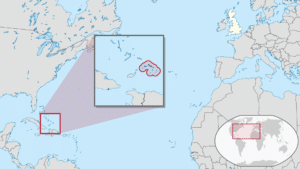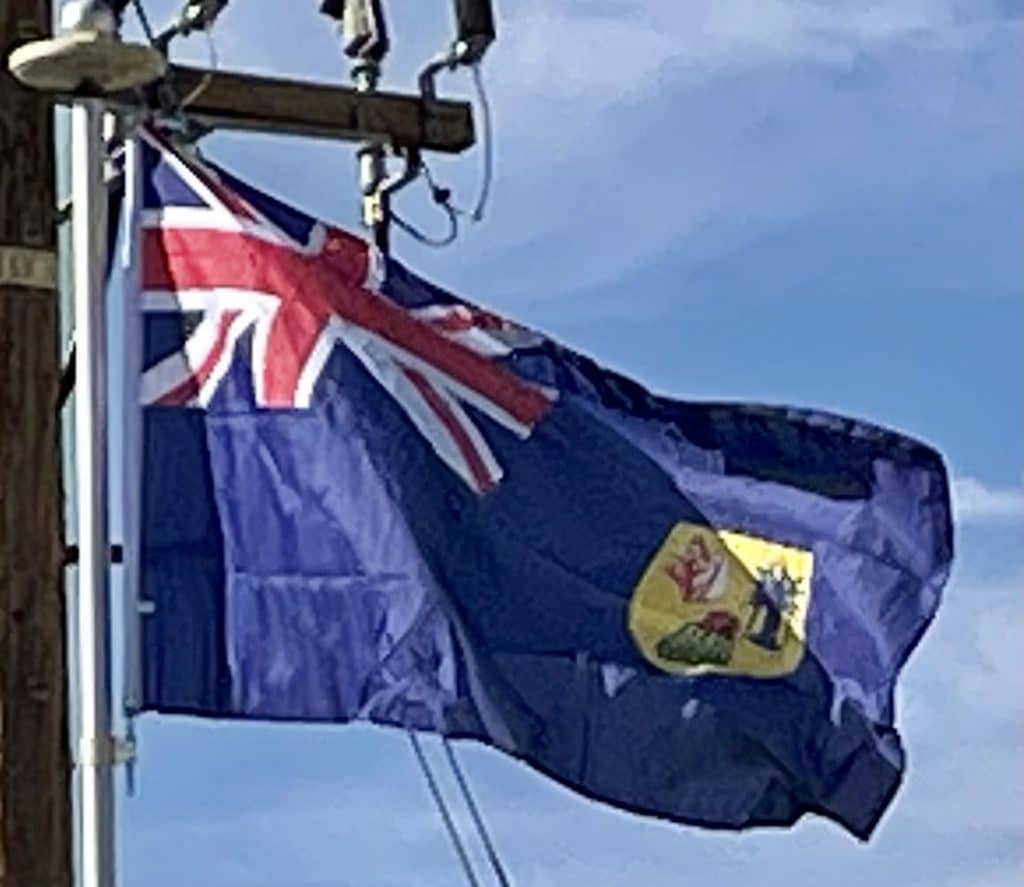Introduction:
The Turks and Caicos Islands are a British Overseas Territory consisting of the larger Caicos Islands and smaller Turks Islands, two groups of tropical islands in the Lucayan Archipelago of the Atlantic Ocean and northern West Indies. They are known primarily for tourism and as an offshore financial center. The resident population was 31,458 in 2012, of whom 23,769 lived on Providenciales in the Caicos Islands; July 2020 estimates put the population at 55,926. It is the third largest of the British overseas territories by population.
The Turks and Caicos Islands lie southeast of Mayaguana in the Bahamas island chain, northeast of Cuba, and north of the island of Hispaniola (Haiti and the Dominican Republic). Cockburn Town, the capital since 1766, is situated on Grand Turk Island about 1,042 kilometres (647 mi) east-southeast of Miami, United States. The islands have a total land area of 430 square kilometres (170 sq mi).

The Turks and Caicos Islands were inhabited for centuries by native Amerindian peoples. The first recorded European sighting of the islands occurred in 1512. In the subsequent centuries, the islands were claimed by several European powers, with the British Empire eventually gaining control. For many years the islands were governed indirectly through Bermuda, the Bahamas, and Jamaica. When the Bahamas gained independence in 1973, the islands received their own governor, and have remained a separate autonomous British Overseas Territory since.
History:
Pre-colonial era:
The first inhabitants of the islands were the Arawakan-speaking Taíno people, who most likely crossed over from Hispaniola some time from AD 500 to 800. Together with Taíno who migrated from Cuba to the southern Bahamas around the same time, these people developed as the Lucayan. Around 1200, the Turks and Caicos Islands were resettled by Classical Taínos from Hispaniola.
European arrival[edit]
It is unknown precisely who the first European to sight the islands was. Some sources state that Christopher Columbus saw the islands on his voyage to the Americas in 1492. However other sources state that it is more likely that Spanish conquistador Juan Ponce de León was the first European in Turks and Caicos, in 1512. In any case, after 1512 the Spanish began capturing the Taíno and Lucayans as workers in the encomienda system to replace the largely depleted native population of Hispaniola. As a result of this, and the introduction of diseases to which the native people had no immunity, the southern Bahama Islands and the Turks and Caicos Islands were completely depopulated by about 1513, and remained so until the 17th century.
European Settlement:

In 1799, both the Turks and the Caicos island groups were annexed by Britain as part of the Bahamas. The processing of sea salt was developed as a highly important export product from the West Indies and continued to be a major export product into the nineteenth century.
